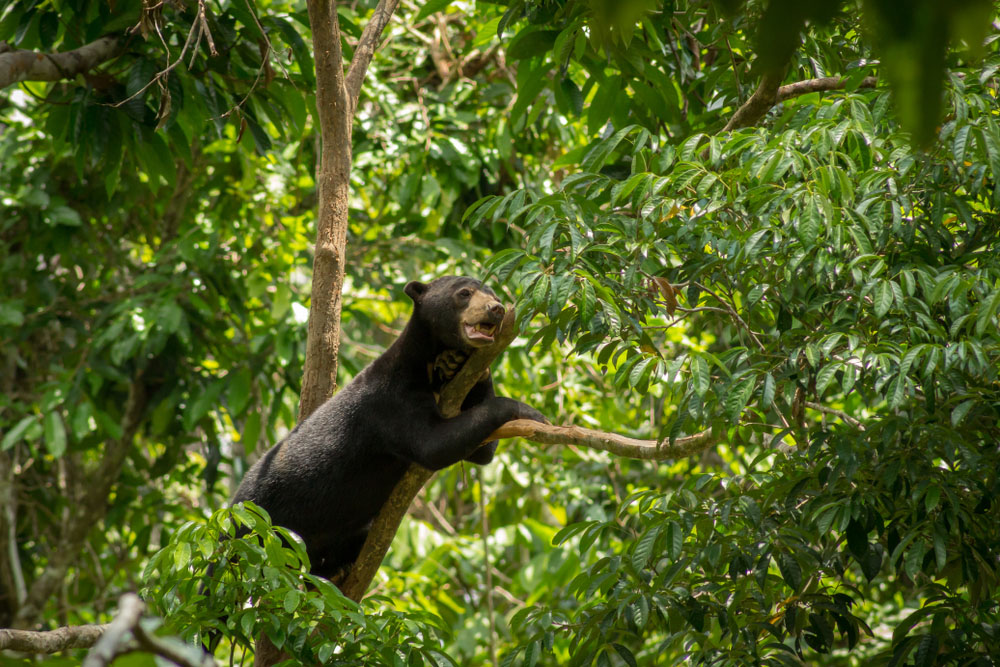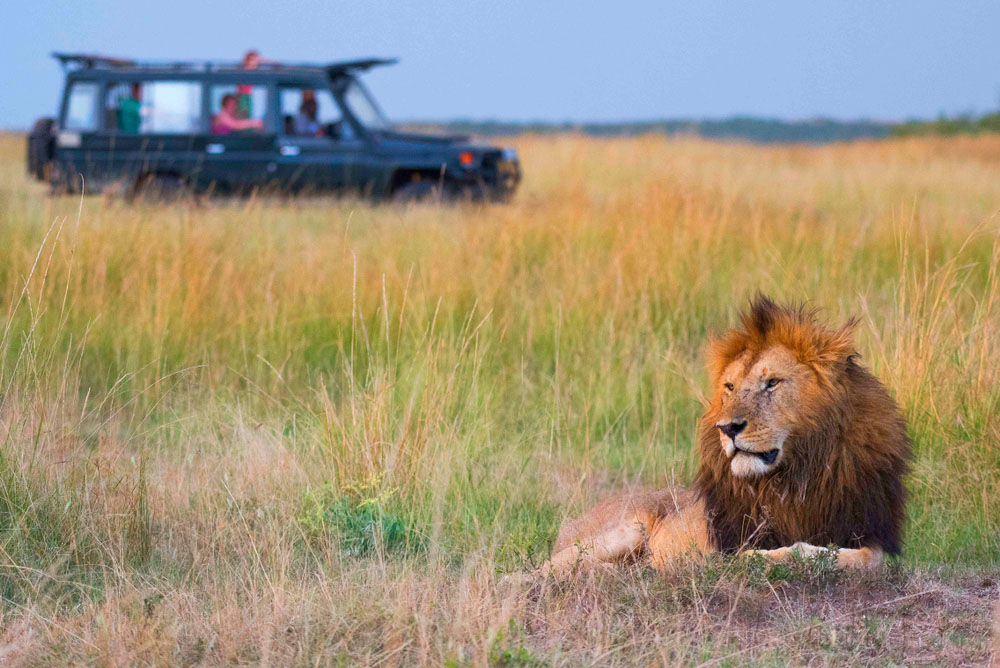As travelers, many of the experiences that we dream of checking off of our bucket list involve animals. Encounters with animals, especially the wild kind, are some of the most memorable experiences of our lives. What we need to be aware of, though, is that many of the attractions we sign up for out of love for animals actually subjects them to a lifetime of stress and discomfort. So how do we ensure we are practicing ethical tourism?
It’s tricky. Expert marketing geared toward tourists often makes it difficult to distinguish a reputable attraction from an awful one, and positive ratings on review sites typically only confuse matters.
The good news is: when you know exactly what to look for, you can pinpoint places that do good and make it your job to support ethical animal attractions that provide excellent care of their animals, are genuinely invested in their well-being, and are cheerleaders the species’ long-term survival.
Not sure where to start? Unsure of what ethical tourism even means? We’ve got you covered. Follow this guide to identify which attractions to avoid while traveling.
Attractions that let you ride an animal
If you find yourself in Southeast Asia, you’re almost guaranteed to be offered a ride on an elephant. So-called “sanctuaries” where tourists climb on and ride on the backs of elephants are advertised nearly everywhere. Makes sense, it’s quite a profitable business.

What they fail to mention, however, is that elephants that allow you on their backs must first endure a horrifying process known as “the crush.” I’ll spare you the details, but in summary, calves are taken from their mothers and essentially beaten into submission until their “spirits are broken,” at which point they give up defending themselves. Trust me, you don’t want any part of it.

Try this instead:
Visit a well-known elephant rescue and rehabilitation organization, such as Elephant Nature Park in Chiang Mai, Thailand where ethical tourism is a focus.
Attractions that force an animal to exhibit an unnatural behavior
Think dancing monkeys and performing bears. While the animals may appear to be enjoying themselves, most are generally stressed as a result of being forced to perform specific abnormal behaviors for excessively long periods of time.
When not performing, animals are often kept in cramped cages and denied proper nutrition and basic veterinary care – this is definitely not a great example of ethical tourism.
Try this instead:
Visit a wildlife rescue and rehabilitation center, such as the Wildlife Centre in Guatemala or the Bornean Sun Bear Rescue Centre in Borneo.

Attractions that allow you to handle or take selfies with animals
There are countless attractions that allow you to handle animals, and nearly all of them should be avoided; however, lion and tiger cub petting is perhaps one of the most problematic.
While the thought of snuggling up to a lion cub may certainly make your heart explode, those that find out what goes on behind the scenes know it isn’t worth the visit — or the selfie.
Cubs are taken from their mothers at only a few weeks of age and brought into enclosures to be passed around by countless visitors all day, every day. They generally do not receive proper nutrition and many develop ailments from malnourishment, none of which are addressed by a veterinarian. Some are even drugged to be more compliant with visitors.
Try this instead:
View big cats on a safari with Maniago Safaris in Nairobi, Kenya.

Become a pro in ethical tourism by following these additional tips
In addition to avoiding certain businesses, there are a few things to keep on your radar that may tip you off to trouble in paradise. Look out for the following when visiting animal attractions:
Animals that are pacing, circling, or displaying any type of repetitive movement.
Repetitive movements, like pacing or swaying back and forth, generally indicate psychological stress. Behaviors like these are typical in attractions where animals lack proper social stimulation and are often a sign of frustration and anxiety.
Animals that have no access to food and clean water.
Many animals in the entertainment and tourism industries are forced to work long hours without food and water, leading to dehydration and medical problems from malnourishment.
Animals that are unable to rest or that don’t have a shelter to retreat to.
Animals should always have a separate area to withdraw to if they need to get away from the crowd. Animals that are chained up, caged, or forced to stay in one place for excessively long periods are likely under stress.
Skinny, disheveled, or wounded animals.
Do the animals lack muscle and look a tad on the skinny side? Are they disheveled and covered in sores or wounds? As you likely know, an animal’s outer appearance is a good indication of their overall health. Animals should be bright-eyed, adequately muscled, and well-groomed.
Animals with nothing to do.
Mental stimulation is imperative in an unnatural environment. The best facilities make an effort to provide all animals with daily enrichment activities to keep them from getting bored, stressed and destructive.

See something that’s doesn’t seem quite right? Always report poor treatment of animals to the proper authorities. It’s likely best not to intervene or cause a scene while visiting an attraction in a foreign country, but when safe to do so, contact local or international animal welfare groups that are equipped to handle the task and may be able to intervene on your behalf.
What else can you do? Spread the word! Many travelers sincerely have no idea what’s going on behind the scenes. Remind friends to do their research, stay informed, and make ethical choices filled to the brim with positive impact.